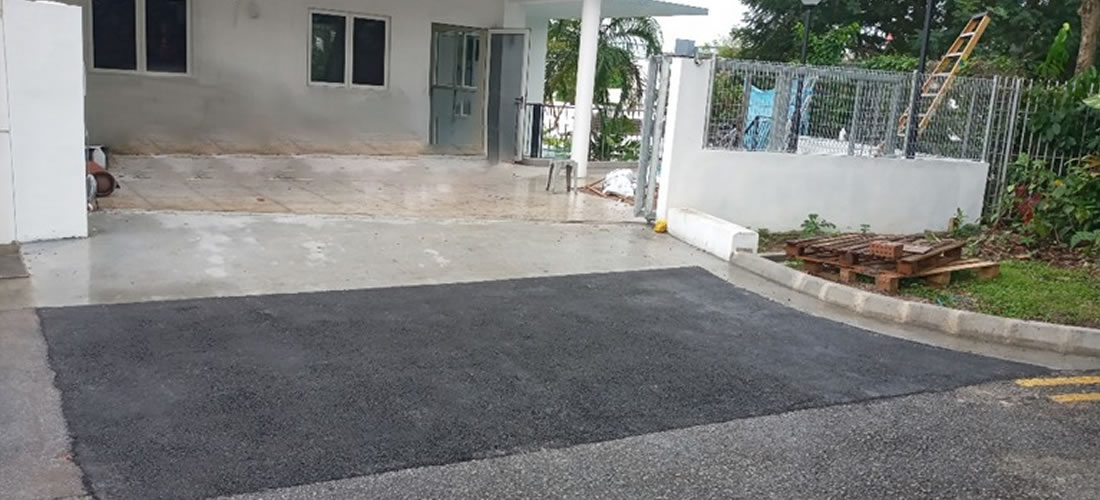
Asphalt driveways are a common sight on residential and commercial properties. These versatile and durable surfaces offer a convenient and attractive solution for vehicles to access buildings and homes. However, like any surface exposed to the elements, asphalt driveways will eventually show signs of wear and tear.
Damage can occur for various reasons, from cracking and potholes to fading and erosion. As such, it’s essential to know when it’s time to take action and whether to patch, repair, or replace your driveway.
In this blog post, we’ll discuss the options available to you and help you decide the best course of action. Understanding when to patch, repair or replace your asphalt driveway is crucial for maintaining the safety and appearance of your property and saving you time and money in the long run.
Signs of Damage
Identifying signs of damage on an asphalt driveway is the first step in determining whether to patch, repair, or replace it. Some common symptoms of damage include:- Visible cracks
- Potholes
- Fading
Patching vs Repairing vs Replacing
Once you have identified the type and severity of damage to your asphalt driveway, you can decide whether to patch, repair, or replace it. Patching involves filling small cracks and holes with a specialized asphalt patching material. Repairing usually involves removing the damaged area and applying a new asphalt layer to that specific section. Replacing, on the other hand, involves removing the entire driveway and starting a new. Each option has advantages and disadvantages, depending on the type and severity of the damage. For example:- Patching is ideal for minor cracks and surface damage, and it’s a quick and inexpensive solution that can prolong the driveway’s life for a few years.
- Repairing is ideal for more extensive damage, such as deep potholes, and it can help restore the driveway’s structural integrity. However, it can be more costly and time-consuming than patching.
- Replacing is usually the last resort and is necessary for severe damage or when the driveway has reached the end of its lifespan. It’s a more expensive and time-consuming option, but it ensures a new, durable driveway that can last for decades.

